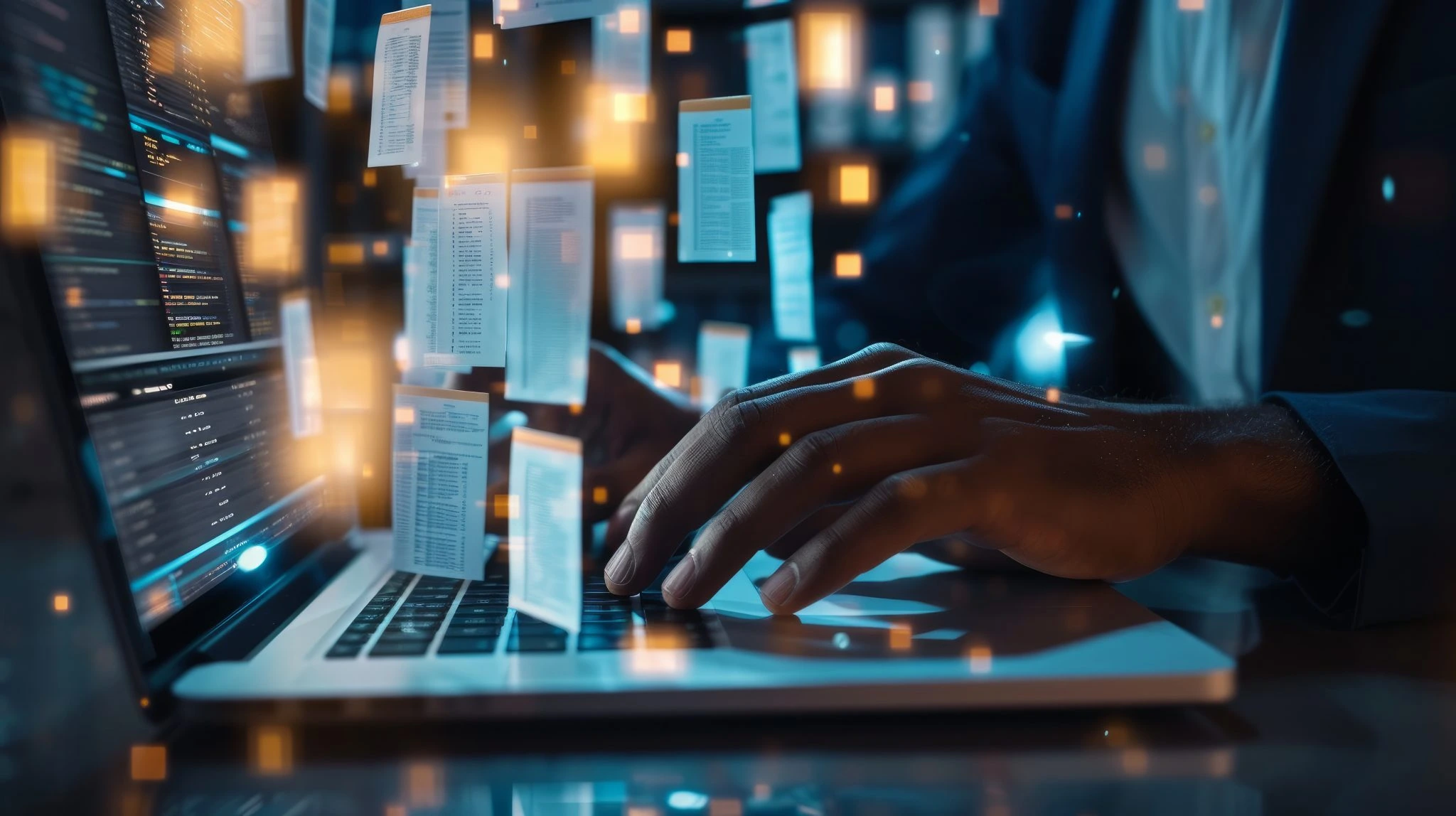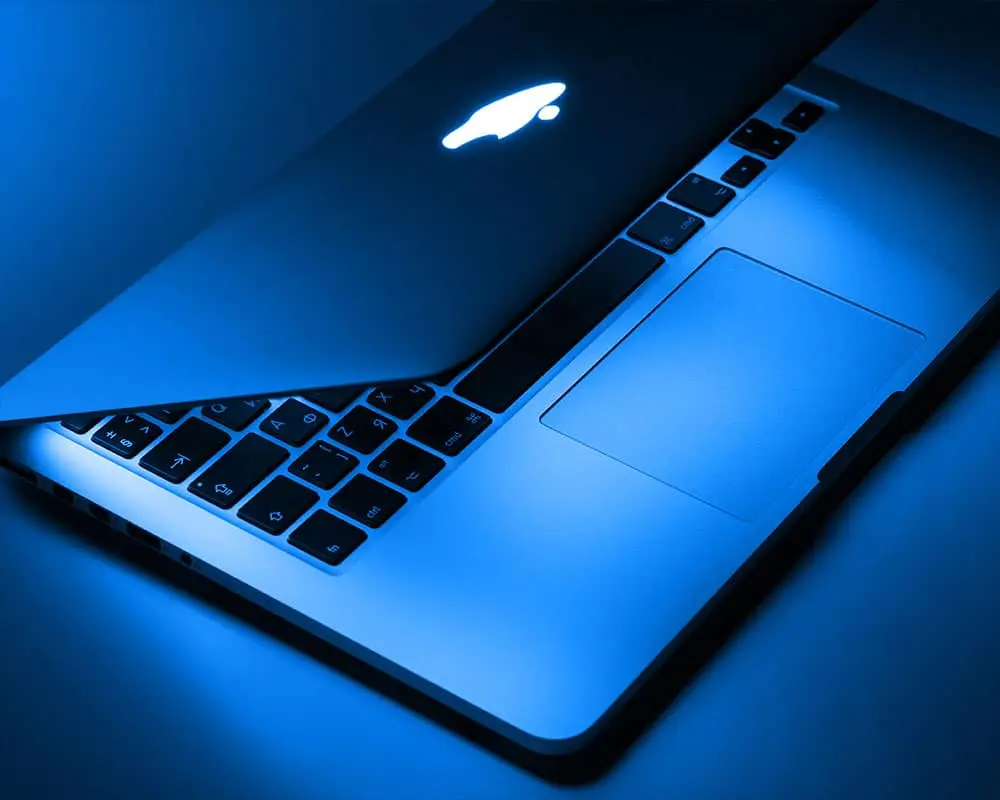- Upgrade your defenses, not your anxiety. Let’s Talk! Contact Us

Solving Crimes in the Digital Age: Exploring Multimedia Forensics Investigation
Welcome to
the digital age, where technology has revolutionized every aspect of our lives,
including crime-solving. Gone are the days when detectives relied solely on
fingerprints and witness testimonies to crack cases. In today's world,
multimedia forensics takes center stage as a powerful tool in unravelling
mysteries.
From audio
recordings and video footage to images and other forms of digital evidence,
multimedia forensics enables investigators to delve deep into the intricate web
of information at their disposal. So, let's dive into this fascinating realm
and explore how it is reshaping the landscape of forensic investigation!
What is
Multimedia Forensics?
Simply
put, it's the application of scientific techniques to analyze and interpret
digital media for investigative purposes. In other words, it involves examining
various forms of multimedia such as audio, video, and images to extract
valuable information that can aid in solving crimes.
Unlike
traditional forensic methods that focus on physical evidence found at crime
scenes, multimedia forensics relies on the analysis of digital data. This could
include enhancing a low-quality surveillance video to identify a suspect or
authenticating an audio recording for use as evidence in court.
The field
encompasses several specialized areas including audio video analysis,
authentication, enhancement, investigation, and examination. Highly skilled
forensic experts utilize advanced tools and techniques to uncover hidden
details within multimedia files that may hold crucial clues or provide key
insights into criminal activities.
Multimedia
forensics plays a vital role in modern law enforcement by bridging the gap
between technology and crime prevention. It allows investigators to leverage
the vast amount of digital evidence available today and transform it into
actionable intelligence.
Intriguingly
enough, these cutting-edge methods are not limited to high-profile cases seen
on TV shows like CSI; they have become an integral part of real-world
investigations across the globe. From cybercrimes to fraud cases, multimedia
forensics has proven its value time and time again in bringing criminals to
justice.
As we
continue our journey through this blog post exploring different aspects of
multimedia forensics, prepare yourself for a fascinating dive into how this
powerful tool is changing the face of crime-solving in our increasingly
digitized world!
The Importance of Multimedia Forensics
In today's
digital age, where technology is advancing at a rapid pace, multimedia forensics
has become increasingly important in solving crimes. The use of audio, video,
and image evidence has become crucial in investigations and court proceedings.
One of the main reasons why multimedia forensics is so important is because it helps authenticate the integrity of digital evidence. With the widespread availability of editing software and manipulation techniques, it can be difficult to discern what is real and what has been altered. Multimedia forensic experts are trained to analyze these pieces of evidence with precision and accuracy.
Another
key aspect of multimedia forensics is its role in enhancing low-quality or
distorted audio or video recordings. In many cases, critical details may be
obscured due to background noise or poor recording conditions. Through advanced
analysis techniques, experts can clarify speech patterns, isolate specific
sounds or voices, and even restore damaged footage.
Multimedia
forensics also plays a vital role in examining crime scenes by analyzing
surveillance footage or images captured on mobile devices. These visual records
can provide valuable insights into suspects' activities before, during, and
after a crime has been committed.
Overall,
the field of multimedia forensics continues to evolve as new technologies emerge.
The
ability to accurately analyze audio,videos,and images will always remain an
essential tool for investigators seeking justice.
It's clear
that without multimedia forensics expertise,evidence could easily be
misinterpreted, resulting in potential wrongful convictions.
Thus,
multimedia forensic investigation serves as an indispensable component within
modern law enforcement agencies worldwide.

The Process of Multimedia Forensics
The
process of multimedia forensics involves a systematic approach to analyzing and
examining digital evidence, such as audio, video, and image files. It is an
intricate and meticulous process that requires specialized tools and
techniques.
The
forensic investigator needs to identify the type of multimedia evidence they
are dealing with. This could be a surveillance video, a voice recording, or an
image found on a suspect's device. Each type requires different analysis
methods.
Once
identified, the investigator must begin by authenticating the evidence to
ensure its integrity and reliability. This involves verifying that the file has
not been tampered with or altered in any way.
Next comes
enhancement and clarification of the multimedia content. This step aims to
improve visual details in images or enhance clarity in audio recordings so that
even subtle clues can be uncovered.
After
enhancement, analysis is conducted on various aspects of the multimedia
evidence. For example, video analysis may involve identifying individuals or
objects in footage using facial recognition technology or comparing it against
databases for matches.
Examination
focuses on understanding how the digital evidence relates to the crime scene or
incident under investigation. It may involve reconstructing events based on
timelines created from multiple sources of multimedia evidence.
This
multi-step process helps forensic investigators uncover hidden information
embedded within digital media files – crucial for solving crimes in today's
digital age!
Multimedia Forensics Tools
When it
comes to solving crimes in the digital age, multimedia forensics tools play a
crucial role. These tools are specifically designed to analyze and examine
various types of multimedia evidence such as audio, video, and images. By
leveraging advanced technology and algorithms, these tools enable forensic
experts to authenticate, enhance, and investigate digital evidence with
precision.
One
popular tool used in multimedia forensics is audio-video analysis software.
This powerful tool allows investigators to compare voices or audio recordings
from different sources and determine their authenticity. It can also be used
for voice identification purposes when matching a suspect's voice with recorded
evidence.
Another
essential tool in this field is image analysis software. With this sophisticated
tool, forensic analysts can extract detailed information from images like
facial recognition or object identification. This helps law enforcement
agencies identify suspects based on CCTV footage or other visual evidence
collected at crime scenes.
In
addition to these specialized tools, there are also general-purpose multimedia
analysis software available that can analyze multiple types of data
simultaneously. These versatile tools often provide features like metadata
extraction, file format validation, and timestamp verification.
The beauty
of using multimedia forensics tools is that they not only expedite the
investigation process but also ensure accuracy and reliability in analyzing
digital evidence. With their help, investigators can uncover hidden details
within media files that may lead them closer to solving complex cases.
As
technology continues to advance, the field of forensic investigation must adapt
and evolve. Multimedia forensics has emerged as a crucial discipline in solving
crimes in the digital age. By harnessing the power of audio, video, and image
analysis, experts can uncover valuable evidence that may have otherwise gone
unnoticed.
The
importance of multimedia forensics cannot be overstated. In today's society
where digital evidence plays a significant role in criminal investigations, it
is essential to have experts who can authenticate and enhance multimedia
materials for analysis. Whether it's deciphering low-quality surveillance
footage or extracting hidden information from an audio recording, these tools
are invaluable in reconstructing events and identifying perpetrators.
The
process of multimedia forensics involves several steps: collection and
preservation of digital evidence, examination and analysis using specialized
tools and techniques, authentication to establish its credibility, enhancement
for improved visibility or audibility if necessary. Each stage requires
expertise and attention to detail to ensure accuracy in presenting findings.
Fortunately,
there are various multimedia forensic tools available to aid investigators in
their work. These software programs offer features such as video stabilization,
noise reduction algorithms for clearer audio playback,image authentication
algorithms,and more.
These
tools enable professionals to analyze data efficiently, present clear evidence, and provide expert testimony when needed.
Conclusion
Multimedia
forensics is a vital toolset used by investigators worldwide. It allows
them to unlock hidden details within audio recordings,videos,and images while
maintaining integrity. Advancements in technology will continue to shape this
field,enabling even greater precision and accuracy. Criminals beware – no
matter how well you think you've covered your tracks; the power of multimedia forensics
may just shine a light on your misdeeds!
Source: Internet
Reach out to us any time to get customized
forensics solutions to fit your needs. Check out Our Google
Reviews for a better understanding of our services
and business.
If you are looking for Audio Video
Authentication Services in Bangalore, give us a call on +91 91089
68720 / +91 94490 68720.
Search
Popular categories
Forensics
27Cybersecurity
16Awareness
4Current Trends
3Case Studies
1Latest blogs

Pre-Exit Forensics: Prevent Data Theft Before Employees Leave

Mac Forensics: Why It Matters for Cybersecurity, Compliance, and Corporate Protection

Why Digital Forensics is Crucial for Solving Data Breach Investigations
© Copyright 2024 Proaxis Scitech Private Limited
Write a public review